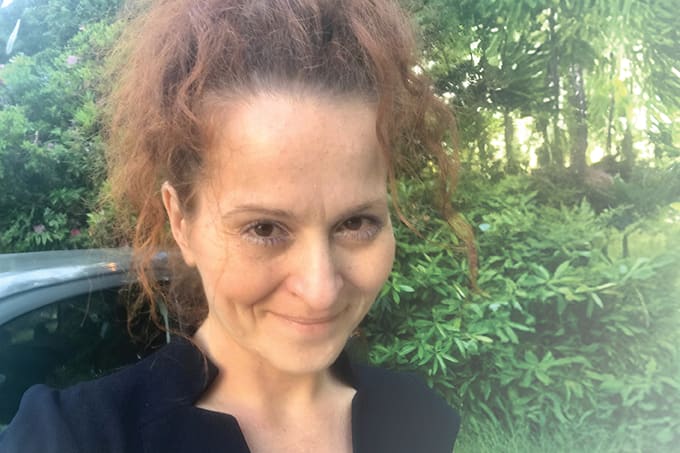
Cancer diagnostics are advancing rapidly, but for patients with high-grade serous ovarian cancer (HGSOC) – in which high genomic heterogeneity is common and associated with reduced progression-free survival – disease stratification needs a major overhaul.
A multidisciplinary team at the Cancer Research UK Cambridge Centre – with expertise in radiology, physics, oncology, and computer science – previously found that computed tomography (CT) scans can show high heterogeneity of HGSOC lesions that indicate different molecular profiles (1). “To study this relationship further, we needed to be able to selectively sample the regions – or ‘habitats’ – of interest, which requires imaging guidance,” says Mireia Crispin-Ortuzar, a researcher on the study. “However, habitats are extracted on CT scans, whereas biopsies are most commonly obtained using ultrasound guidance. This prompted us to develop a technique to target ovarian cancer habitats using CT-ultrasound fusion.”
The team used radiomics to spatially identify the habitats from the CT scans, then superimposed the maps onto CT images and co-registered them with ultrasound images to guide biopsies (2). In doing so, they successfully captured the diverse range of cancer cells within the tumors – leading to a more accurate biopsy.
Though a tremendous step forward for the research community, those who feel it most will be the patients. “When you are first undergoing the diagnosis of cancer, you feel as if you are on a conveyor belt – every part of the journey being extremely stressful,” said Fiona Barve (3), who was diagnosed with stage four ovarian cancer in 2017. “This new, enhanced technique will reduce the need for several procedures and allow patients more time to adjust to their circumstances. It will enable more accurate diagnosis with less invasion of the body and mind. This can only be seen as positive progress.”
So what’s next for the team? “The technique enables us to obtain tissue samples that are accurately matched to regions of well-defined characteristics on CT scans,” says Crispin-Ortuzar. “We plan to explore the correlation between imaging parameters and tumor biology dynamically – at different points during treatment. This will form the foundation for a more strategic, targeted approach to ovarian cancer biopsies.”
References
- L Rundo et al., Comput Biol Med, 120, 103751 (2020). PMID: 32421652.
- L Beer et al., Eur Radiol, [Online ahead of print] (2020). PMID: 33315123.
- University of Cambridge (2021). Available at: http://bit.ly/2MqC9vT.




